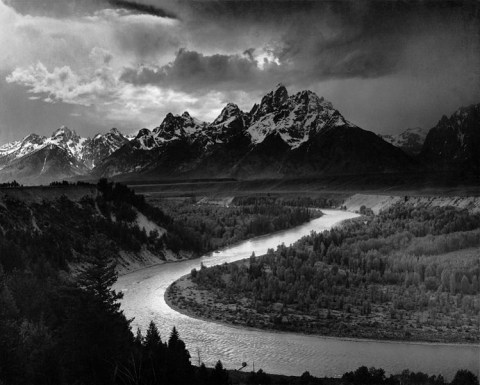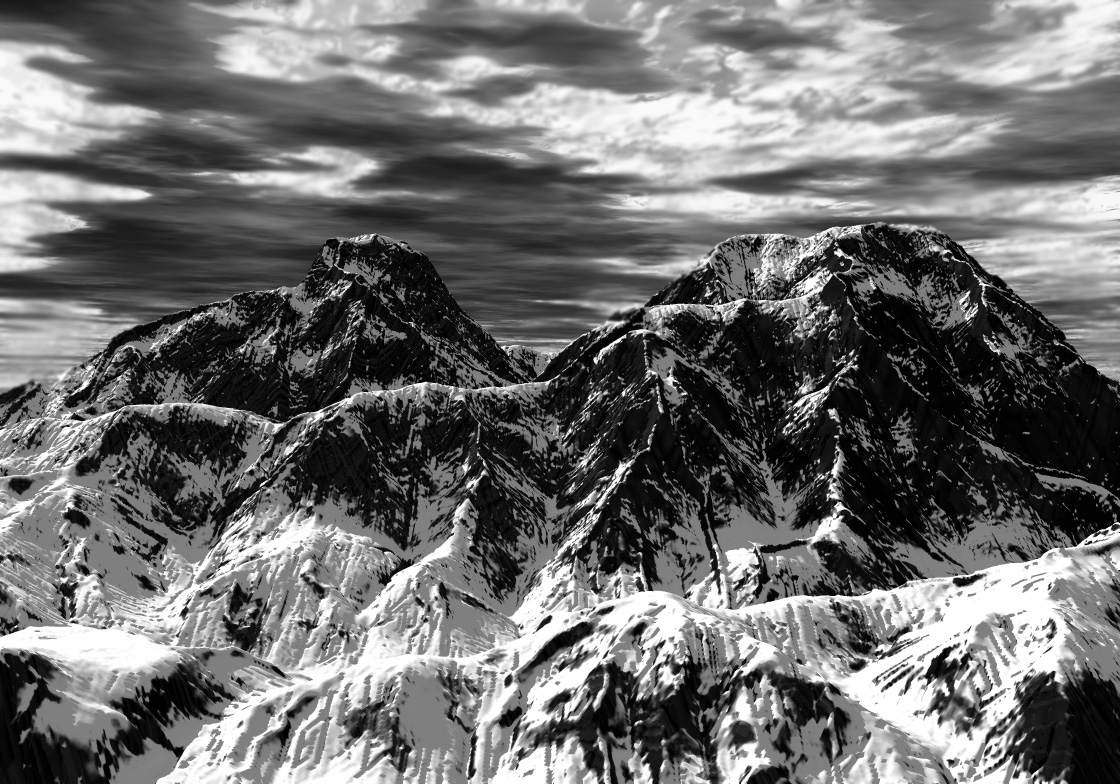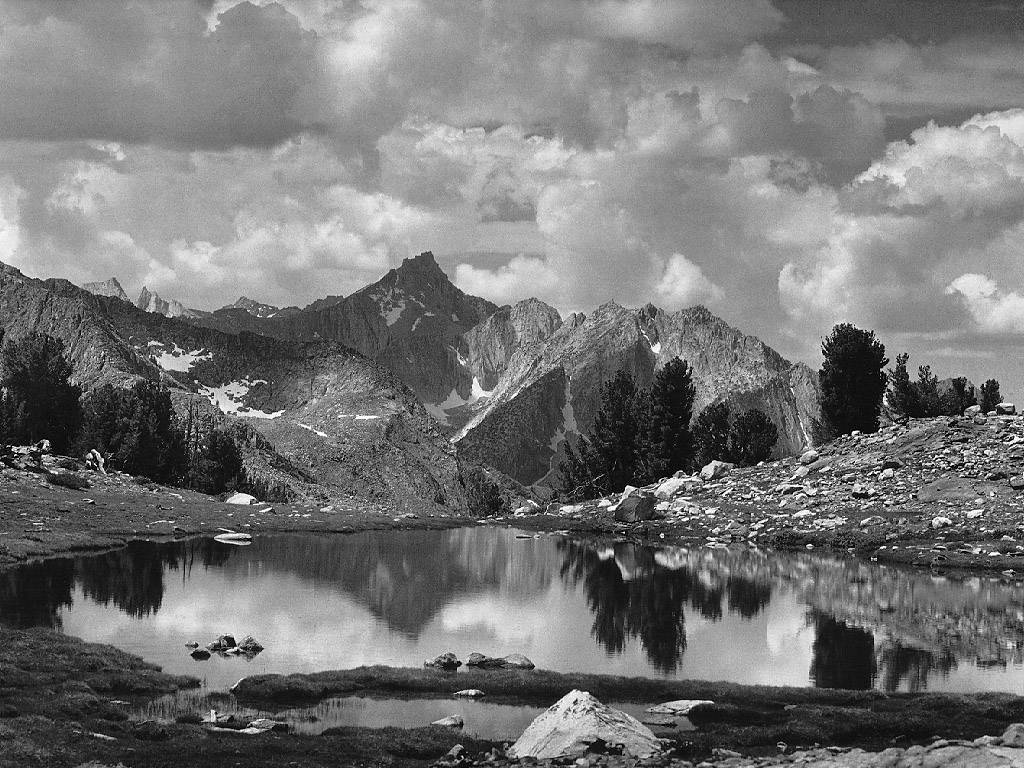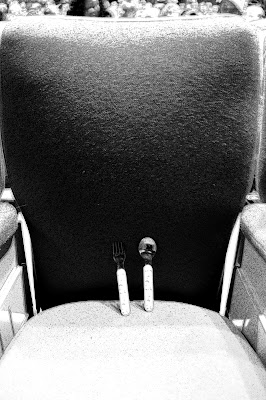STOP SMOKING!
Though many people have started to quit smoking, one in five deaths in America are still attributed to smoking related illness. Lung cancer is the leading cause of death for men and women. Research shows that children who live with smokers have a twenty four percent increase in risk of developing lung cancer. SMOKING DOESN’T JUST HURT YOU. Second hand smoke is a serious danger to children, family, and friends. An estimated 3,000 lung cancer deaths occur each year due to second-hand smoke. If you do not want to put your loved ones as risk, STOP SMOKING. Secondhand smoke is not only a cause of lung cancer, but also increases the risk of stroke and heart disease. Make a decision NOW. What would you do if you saw your child smoking in the future? Children who live in a household where the parent(s) smoke(s) are more than twice likely to start smoking in their teens. BE A REBEL AND GO AGAINST THE CROWD.
Monday, May 2, 2011
Friday, March 18, 2011
Andy Warhol
Andy Warhol
- Real name is Andrew Warhola (8/6/28-2/22/87) (Became Warhol after a misprint)
- Born in Pittsburgh, PA, Parents from Czechoslovakia (does not exist anymore)
- Father worked in a coal mine
- In High School, kicked out of art club because he was “too good”
- Graduated from the Carnegie Institute of Technology (Bachelor of Fine Arts)
- Graduated with degree for pictorial design & wanted to become a commercial illustrator
- Designed advertisements for women’s shoes
- Used Polaroid camera
- Fear of hospitals and doctors, hypochondriac
- Favorite print making technique was silk screening
- Friends & family described him as a workaholic
- His sexuality was speculated upon and how this influenced his relationship to art is “a major subject of scholarship on the artist”
- First solo expedition in 1952
- Coined the term “15 minutes of fame”
- 1960s: iconic American products (pop art)
- Created The Factory, his NYC studio from 1962-1968
- Celebrity portraits developed into one of the most important aspects of his career
- Made films (first one called Sleep – 6 hours of a man sleeping) (1963)
- 1965 said he was retiring from painting
- 1972 returned to painting
- Designed cover for the Rolling Stones’ album Sticky Fingers (cover made out of real jean material)
- Produced Velvet Underground’s first album
- Started a magazine called Interview, worked for Glamour Magazine, Vogue
- Shot by Valerie Solanas 3 times for being abusive and “too controlling” (6/3/68)
- Solanas authored the S.C.U.M. Manifesto, a separatist feminist document
- "Before I was shot, I always thought that I was more half-there than all-there – I always suspected that I was watching TV instead of living life. People sometimes say that the way things happen in movies is unreal, but actually it's the way things happen in life that's unreal. The movies make emotions look so strong and real, whereas when things really do happen to you, it's like watching television – you don't feel anything. Right when I was being shot and ever since, I knew that I was watching television. The channels switch, but it's all television."
- Marilyn Monroe = favorite model (not painted until after death)
- Wore silver wigs until he dyed his hair silver
- Practicing Ruthenian Rite Catholic who described himself as a religious person
- Died of a heart attack brought on by a gall bladder surgery and water intoxication
- $100,000,000 for one of his paintings (highest amount paid) (“Eight Elvises”)
- Referred to as the “Prince of Pop”
Monday, March 14, 2011
Copy&Paste
BLENDED image
These images were created by using the blending method in photoshop. First, I selected the two images I wanted to blend together and chose which one would be the main image. Next, I made sure both of the images were the same size. I then duplicated the background layer of the chosen main image and added it to the other image.
Threshold
 |
| To create this image, I used the threshold adjustment in photoshop. First, I selected an image and duplicated the background layer. I then went to image -> adjustments -> threshold and selected the amount of black i wanted to show in the image. I then changed the tolerance to 0 and unchecked the contiguous box, which eliminated all of the shades of white throughout the frame. I then selected a color to replace the white space. |
Photoshop
Friday, February 25, 2011
Wednesday, February 2, 2011
Tuesday, January 25, 2011
Architecture Assignment
Location 1: Big Picture
Location: El Camino del Mar
San Francisco
Location 2: Detail
Location: American Cupcake
Union Street, San Francisco
Location 3: Big Picture
Location: Legion of Honor
San Francisco
Location 3: Detail
Location: Legion of Honor
San Francisco
Location 3: Interior
Location: Legion of Honor
San Francisco
ANSEL ADAMS
Ansel Adams (February 20, 1902 - April 22, 1984)



- was an American environmentalist
- famous for his black and white photos of the American west and Yosemite
- developed the Zone System with Fred Archer to determine proper exposure and adjust contrast on a final print.


Artistic elements and principles: value, unity in the snow, rule of thirds with the clouds, texture of snow and mountains.

Notes pgs.202-217
CHAPTER 9: LANDSCAPES

-730284.jpg)


LANDMARKS IN LANDSCAPE PHOTOGRAPHY
- photography invented in 1839.
- photographers looked to landscape paintings and the land for inspiration.
- Carleton E. Walkins
- learned photography in 1854
- opened up his own gallery in San Francisco
- took pictures of Yosemite, which became famous and one of the first to be made art
- Ansel Adams
- mostly took pictures of Yosemite
- took some of the best known photos taken there
- tried to capture the experience of being in the wilderness
PHOTOGRAPHING THE LANDSCAPE
Thinking Artistically
- composition and viewpoint very important
- explore different angles
- pay attention to value and how it ties in with the mood you want for a photo
- achieve balance between unity and variety
Camera Settings
- small f-stops and slow shutter speeds
- tripod for shape images
Light
- just after sunrise and just before sunset are best times to take pictures
- emphasizes shapes and textures
- warm, gold color
- easier to deal with direct lighting for distant subjects that it is for closer ones
- captures highlights and shadows
- gives 3-D effect
- overcast days better for close up shots
Film
- ISO 100 to capture a lot of detail
- black & white vs. color
Lenses
- wide-angle lenses to capture more of the scene
- allows you to include close object with distant objects on one shot
- telephoto lenses
- for mountains/range of mountains
- helps capture objects you cannot physically get close to
- macro lenses
- useful for getting really up close
- detail and small objects
Filters
- yellow filters bring out clouds
- red filter - blackest skies and whitest clouds

THE GRAND LANDSCAPE
- the "big view" for pictures of the great outdoors
- wide-open and shows the beauty of the natural world
- do not always have to pick "pretty" objects to photograph
- sky almost always prominent in photographs
-730284.jpg)
LANDSCAPE DETAILS AND CLOSE-UPS
- imposing landscapes are more inviting and comfortable
- parks are a good subject for detailed photos
- direct sunlight makes it harder to get a good shot
- cloudy/ overcast better

ABSTRACTED ELEMENTS IN THE LANDSCAPE
- can eliminate clues that tell the viewer the context of the photo
- composed of lines, shapes, textures, and values
- get really close to object
- telephoto or macro lens
- a lot of depth of field, slow shutter speed, tripod

Tuesday, January 18, 2011
Notes pgs.190-197
ARCHITECTURE & URBAN LANDSCAPES
THE BIG VIEW
THE BIG VIEW
- most architectural photos rely on the big view, the wide-angle overall view.
- shows the whole building
- far away using wide-angle lens
- perspective distortion appears as strong converging lines in a building, where sides lean toward each other than parallel in reality
- going farther away from building lessens the distortion
- straight on or angled?
- shooting from the side creates a three-dimensional effect
SHADOWS
- try capturing shadows of objects instead of the real thing
THE DETAIL SHOT
- detailed shot features the individual architectural elements of a building's interior or exterior
- details become indirect portraits of craftspeople who made them.
INTERIOR VIEWS
- can record overall shots of whole rooms
- concentrate of the presence of the people living in them
- depth of field important
Notes pgs.179-189
ARCHITECTURE & URBAN LANDSCAPES
- architecture photos are indirect portraits
- materials, style, and scale of a building all provide clues to the context of the building.
- when you take pictures of buildings, you create indirect portraits of the people who live there
- can be formal or informal
LOOKING BACK
- why photographers loved architecture in the early beginnings of photography
- buildings don't move
- a lot of detail, varied tones, and values
- needed long exposures
- Charles Negre
- artist and painter
- used photos of buildings as "sketches" for his paintings

- Frederick H. Evans
- considered one of the greatest architectural photographers
- took photos of English and French cathedrals
- Eugene Atget
- self-taught photographer
- used old-fashioned equipment
PHOTOGRAPHING THE BUILT ENVIRONMENT
THINKING ARTISTICALLY
- can be a "sketch" of a place and the emotions connected
- exploration of abstract images
- use leading lines
- pay attention to space around a building
- a buildings relationship to its surroundings can give it its own personality
- pay attention to pattern
CAMERA SETTINGS
- sharpness very important so you can see small details
- greater depth of field
- slower films
FILM
- black & white vs. color
- color emphasize color and setting
- b&w emphasize values, shapes, and textures
- commercial vs. artistic
- commercial - magazines, brochures (color)
- artistic - B&W
LIGHTING
- color of lighting very important in interior architecture
- different kinds of lights
- incandescent - slightly orange
- quartz - slightly yellow
- fluorescent - slightly green
- daylight - more blue
LENSES
- wide-angle lenses
- camera and lens leveled
- tilt upward to distort images
CAMERA SUPPORT
- tripod and slow shutter speed
- balance portability and stability
- monopods
FILTERS
- yellow/orange filters can separate the sky and the cloud and bring out textures.
- polarizer
- can darken the sky
- reduce reflections
Monday, January 10, 2011
Architecture Notes
- not only are you taking a picture of a building, but you are finding a way to portray someone else's art with your camera.
- portray architecture in a way that makes people wonder what it is and where it's located
- different clues contained in a photo can give viewers hints as to where the architecture is located, who the people that live there, etc.
- using different framing and angles give off different moods and perspectives to a photo.
- the time of day/lighting taken in a photo can also give off different emotions
- used to develop photos on platinum paper
- big picture, detail, and interior architecture
Thursday, January 6, 2011
Ten Points
- Illustrated Daily News first newspaper to sell based on photos.
- New York Tabloid was the most "scandalous" and contained the most sexual material.
- Composagraph - staged pictures with pasted in pictures of people's faces
- Ruth Snyder's execution because the Daily News snuck in a hidden camera.
- Advertising - people started using photography to advertise thier products to make even the dullest object look appealing to buyers.
- Babe Ruth - first person to use their pictures on advertisements.
- Before photography became an influence, Astronomers would have to draw what they saw through the telescope.
- Astromomers then started to use photography to show that what they say was in fact real and not in their imagination.
- Photography enables us to see things we are not capable of seeing with the naked eye.
- Pictures allow people to connect with family they have never met.
Subscribe to:
Comments (Atom)























